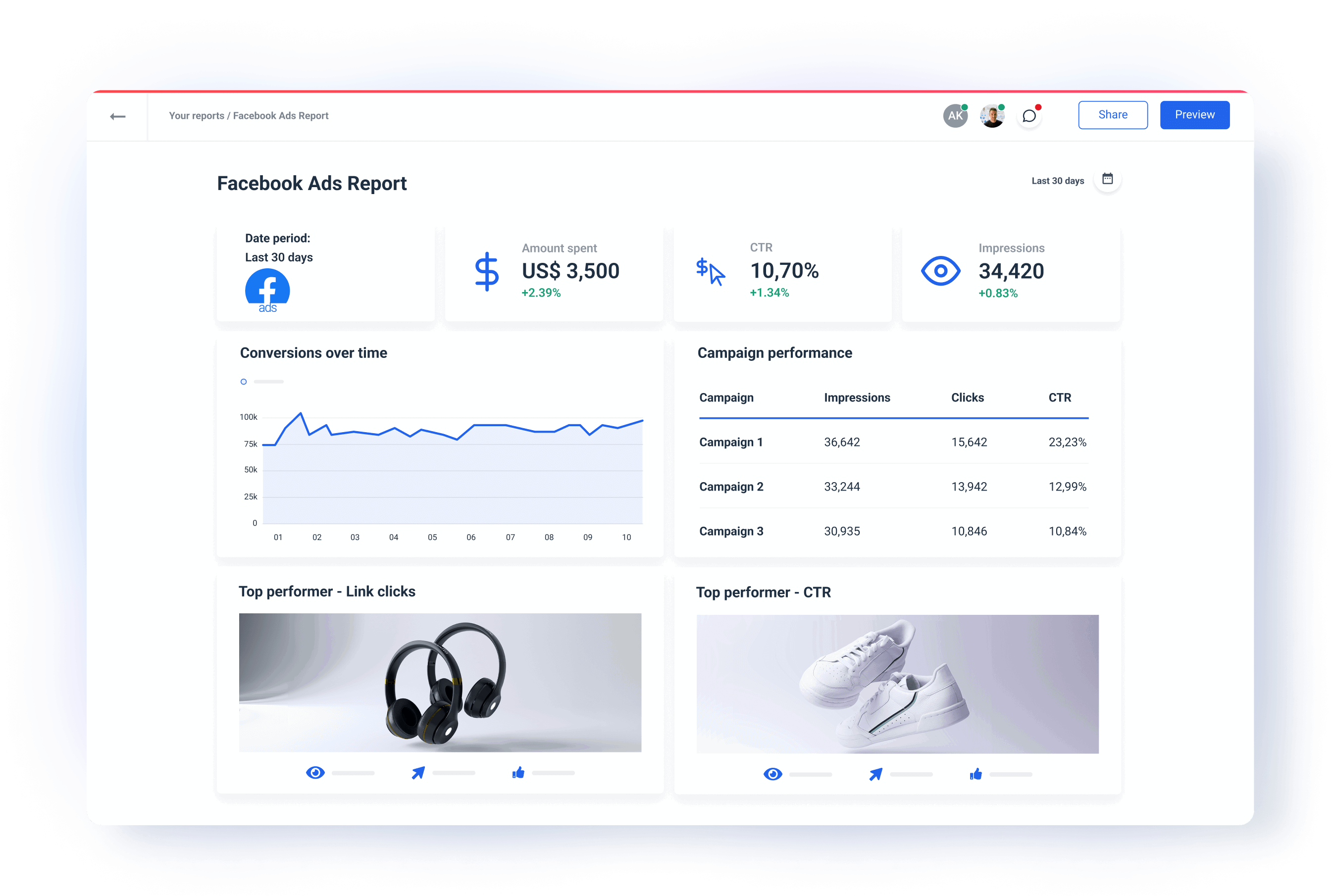What Is a Tracking Pixel and How It Works?
A tracking pixel, conversion pixel, or retargeting pixel is a pixel that can help you evaluate your marketing efforts and increase sales. It can prevent you from spending money on ineffective marketing campaigns, and focus on the successful marketing messages, thus optimizing your spending.

Oct 29 2019●6 min read
What Is a Tracking Pixel?
It’s a 1×1-pixel graphic used for tracking user behavior, site conversions, web traffic, and other metrics at a site’s server level. In other words, it is a tiny pixel-sized image, usually hidden, embedded in everything, from banner ads to emails.
Although tracking pixels are tiny, they are extremely beneficial for advertisers. They are very good at capturing useful data for the web analytics crowd. A tracking pixel code allows companies to track events. Email opens digital ad impressions, sales conversions, website visits, and other types of web activity. It allows you to get all the necessary analytic details.
Tracking pixels can give you information about your users, like the type of device they are using or their location. They can reveal if your visitors are coming from a paid search on Google, Twitter, or Facebook. You can even use them to find out the best time of the day for ROI and the most engaging audience.
A tracking pixel allows Google Analytics and similar services to tell companies the number of their site’s visitors and those who’ve seen their digital ad.
How Do Tracking Pixels Work?
You add the tracking pixel using a code in your site’s HTML code or email, which contains an external link to the pixel server. When someone visits your website, the HTML code is processed by their browser, which follows the link and opens the hidden graphic. This action is identified and recorded in the server’s log files. This method allows for different information about the visitor to be transmitted.
To put it simply, when a user opens an email, visits a website, views your digital ad, or takes any other action, they are actually requesting the server to download the tracking pixel attached to the content. Although the user is not aware of this process, the data obtained can help brands and businesses build better content and digital ad experiences for the users.
A tracking pixel can obtain and analyze the following data:
- Type of operating system used which can tell you more about the use of mobile devices
- Time the website was visited or email was read
- Type of email or website used (on desktop or mobile)
- Type of client used (a mail program or browser)
- IP address
- Activities on the site during a session
- The screen resolution of clients
Benefits from Obtaining Tracking Pixel Data
Gathering tracking pixel data is beneficial for SEOs, website operators, and email senders because they can use the collected data to make their online offers more user-friendly, as well as improve them and adapt them to the browser versions and types most commonly used.
Some of the benefits include:
- Personalized web experiences (ideal for improving brand recall)
- Improved ad targeting (great for building engagement)
- Synchronized cookies across domains (perfect for efficient data collecting)
For example, attaching tracking pixels on e-commerce banner ads allows you to see how many people saw the ad and how many of them clicked through and made a purchase. If you have high views but low conversions, your next step should be changing the ad placement, targeting, or messaging.
Or, if you use tracking pixels to analyze your sent email newsletters, you can see how many people opened the email. This can help you design your newsletter in a way that will be more interesting and relevant to your subscribers.
What About Facebook Tracking Pixel?
Facebook pixel is a key tool for those using Facebook ads. If you’re one of them, this pixel will help you get the most out of your budget for social ads.
A Facebook tracking pixel is a unique code that gathers data that allows you to track Facebook ad conversions, build a targeted audience for other ads, optimize ads, and remarket to your website’s visitors. The code is placed on your website. It works by placing and forcing cookies to track users who interact with your Facebook ads and website.
This pixel collects important data that can help you target your ads more effectively and create better Facebook ads. Using the Facebook tracking pixel means your Facebook ads will be presented to the audience who is most likely to be interested in the ad and take action. As a result, you’ll get a better Facebook ad conversion rate and a better return on investment.
Installing the Facebook tracking pixel is even better if you’re still not using Facebook ads but plan to start. In that way, you’ll have all the necessary information to create a successful Facebook ad.
To Sum Up
A tracking pixel is a must for advertisers because it helps them collect useful data for web analysis, online marketing, and email marketing. The collected data will help them see where they are doing wrong, how to improve, and how to optimize their spending. With the Whatagraph Facebook Ads reporting tool, you may have it in one place and make decisions faster.

A tracking pixel ensures companies get the information related to email opens, digital ad impressions, sales conversions, website visits, and other types of web activity. One of the most popular tracking pixels is the Facebook tracking pixel used for creating more successful Ads.

WRITTEN BY
Gintaras BaltusevičiusGintaras is an experienced marketing professional who is always eager to explore the most up-to-date issues in data marketing. Having worked as an SEO manager at several companies, he's a valuable addition to the Whatagraph writers' pool.